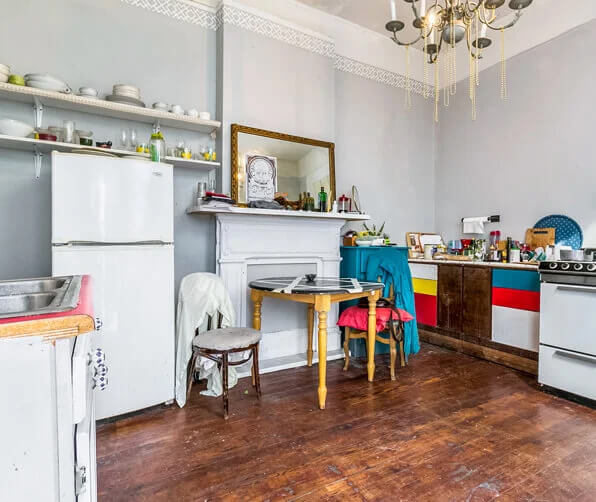

I started by removing the lens flare with the second photo and a layer mask (just carefully brushing out the lens flare here). For the shadows, I used a blue tone with lower saturation. For the highlights I raised the saturation all the way up to get a intense sunset look. Then, I increased the orange luminance making the field a little brighter.įor the split toning I used a warm yellow / orange tone for the highlights and the mid tones. I started in the saturation tab by bringing down the blue, purple and magenta saturation just to fix any further color cast I might have missed. Another linear gradient was used on the very near foreground to bring down the exposure slightly. Here, I dropped the temperature and the saturation to make the field a little less vibrant. Using a linear gradient, I made the darker clouds at the very top even darker by dropping the exposure and adding more contrast.įor the foreground I used another sky selection and inverted the mask. This way I got some more blue tones and reduced magenta color cast in the sky. For the colors, I chose to drop the temperature and the tint. I started with a sky selection and brought down the exposure, the highlights and raised the contrast to reduce overexposure while keeping the sky interesting. Finally, I increased the vibrance for more saturation I further pushed the shadows for more details and slightly increased the dehaze to add back some contrast. Then, I pushed the exposure until I got enough details in the dark areas. I changed the profile to Adobe Standard for a flat image. To recover all the needed details in the shadows and the highlights, this is actually an HDR shot. But also, besides the colors, I wanted to fix the ugly lens flare on the right side for which I used a second image with no lens flare and blended both together using a layer mask. For this shot I had a very warm style in mind with rather low contrast.


 0 kommentar(er)
0 kommentar(er)
